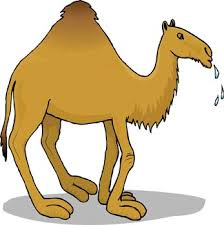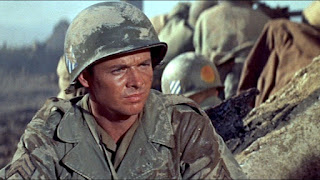
Do you like short stories? I love them, both as a writer and as a reader. I’m so thrilled that they’re making a comeback in today’s world! I remember as a teenager in high school English class, some of the short stories that were taught at the time. You can probably recall these classes, too—we read many short stories and novels that couldn’t reach into our world and touch us, not at that age.
It’s odd to me that had some of the selections been different, or more age-appropriate, this might have fostered a love of reading the short story rather than dread for so many. The essay questions at the end of the story seemed hard for many of the students to understand, much less formulate answers to in order to show what they learned from the story. As high school freshmen in the 14-15 year-old age range, and with our limited knowledge of the world, it was difficult for some to be able to grasp symbolism or foreshadowing among other story elements. I realized later on that some people never grasp it, no matter how old they are. Reading with that kind of intuitive understanding is not something everyone is able to do.
Being forced to read something for a grade rather than enjoyment was something I didn’t understand. For one thing, I enjoyed reading. As with any kid, some things held my interest more than others. But I never could fathom some of my classmates who actually said, “I hate to read.”
I had some favorite short stories, even out of the ones we were forced to read. Who could forget Whitney and Rainsford in Richard Connell’s THE MOST DANGEROUS GAME? Frank Stockton’s THE LADY OR THE TIGER? Or, TO BUILD A FIRE, by Jack London?

Those stories were what inspired me to want to write “like that” and I often wondered in later years, seeing my kids’ English books and the stories they contained, where our next generation of writers would come from? There was certainly nothing “inspiring” in those stories. I was wishing there were some of the stories from “the good ol’ days” in their books, even though at the time I had been their age, many of my classmates had detested those same stories that I loved so much.

But one day, my daughter came home from school and said, “Mom, we read a story today that was so good! It’s about a guy who is trying to survive in the cold and he tries to build a fire…” And a few years later, my son couldn’t wait to tell me about a story they’d read about an island, where men were hunted…

Not everyone who loves to read wants to become a writer. So I’m wondering…was there a particular short story that you read when you were younger that made you want to write? Or even just made you become an avid reader? Since so many of us write westerns, was there a western short story that influenced you when you were younger? The one that I loved was not really a short story, but a short novel, Fred Gipson’s OLD YELLER. In later years, another one that stood out was Shirley Jackson’s THE LOTTERY.


I'd have to say one of my all-time favorite short stories is Dorothy M. Johnson's LOST SISTER--this is a fictional story based on Cynthia Ann Parker's real life story of being kidnapped by the Comanche, and marrying a Comanche chief. She later became the mother of another prominent chief, Quanah Parker. LOST SISTER is a story that you will remember long after you finish reading it!
What's your favorite short story? It doesn't have to be a western. I'd love to hear what your favorite(s) are. My TBR list is bursting at the seams anyhow, but I can't stop myself from adding to it when I hear about MORE great reads!

I’m giving away a free print copy of one of my short story collections today, DARK TRAIL RISING. All you have to do is comment! Be sure and leave your contact info in your comment, as well!
Cheryl's Amazon Author Page:
https://www.amazon.com/author/span/cherylpierson/span/a/div?tag=pettpist-20






























